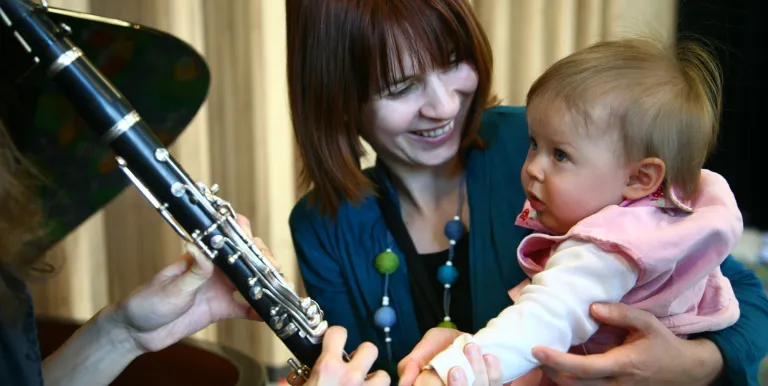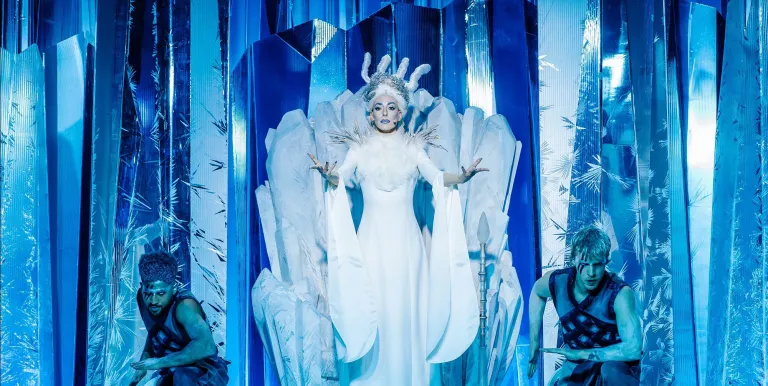Featuring:
The clarinet became a traditional instrument in three different roles: in Gypsy ensembles, in village brass bands, and as a shepherd's instrument played by itself. In Gypsy music, the clarinettist plays the melody with the prímás - the lead violinist - in such a way that he also provides an accompanying role, building the chords into his lively solo parts. Among shepherds and peasants, the clarinet was mainly introduced from the late 19th century through the fashion for having a local brass band. The instrument known by village folk as the tárogató has a reed like a clarinet's, but is shaped like an oboe, that is, with a conical bore. Its lower register has a metallic and trumpet-like sound, but its upper register is soft and plaintive. Its repertoire consists of folk songs, particularly slow melodies with loose rhythms.
Age: 8-12 year
Presented by: Müpa Budapest
-
We wish to inform you that in the event that Müpa Budapest's underground garage and outdoor car park are operating at full capacity, it is advisable to plan for increased waiting times when you arrive. In order to avoid this, we recommend that you depart for our events in time, so that you you can find the ideal parking spot quickly and smoothly and arrive for our performance in comfort. The Müpa Budapest underground garage gates will be operated by an automatic number plate recognition system. Parking is free of charge for visitors with tickets to any of our paid performances on that given day. The detailed parking policy of Müpa Budapest is available here.






